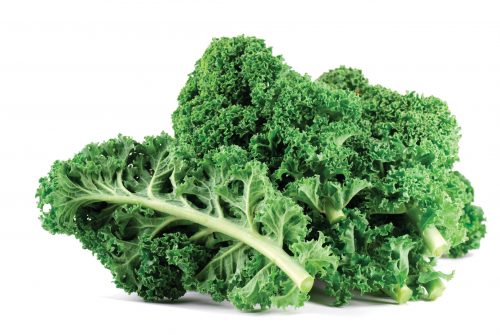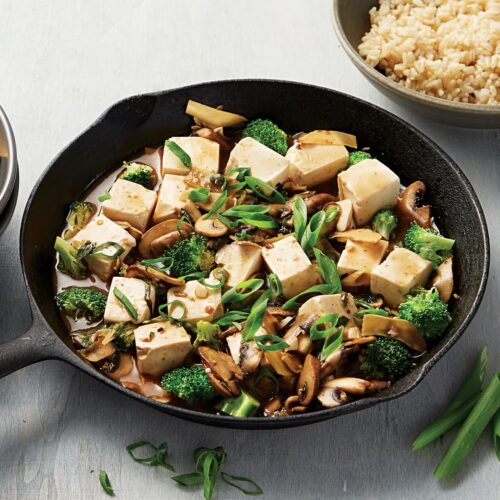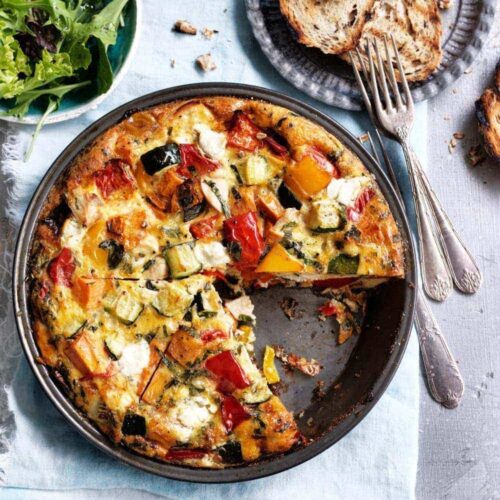
Kale is a leafy-green vegetable that belongs to the Brassica family, a group of vegetables that includes broccoli and cabbage.
Buying
Choose firm, deeply- coloured leaves with moist hardy stems and avoid leaves that are wilted or show signs of browning, yellowing and have small holes. Kale with smaller-sized leaves will be more tender and have a milder flavour than those with larger leaves.
Storing
Place in a plastic bag removing as much air as possible and store in the refrigerator. Do not wash kale before storing because this will encourage spoilage.
Nutrition
Kale is a good source of vitamins A, C and K as well as a source of fibre and also provides some B vitamins and minerals. Kale also contains a huge diversity of phytochemicals including flavonoids, carotenoids and glucosinolates (these compounds are believed to be responsible for the health benefits of broccoli).
Using
Kale makes a tasty addition to soups and casseroles. Other ideas are:
- Sauté kale with garlic and ginger as a side dish.
- Make a winter salad of thinly sliced kale, red capsicum, onion, raisins, and your favourite dressing.
- Boerenkool, a traditional Dutch dish of kale with mashed potatoes, makes a perfect side for meat, fish or sausages.
- Fry chopped kale and apples then stew slowly. Before serving, sprinkle with balsamic vinegar and chopped walnuts.
- Combine chopped kale, pine nuts and feta cheese with wholegrain pasta drizzled with olive oil.
www.healthyfood.com










